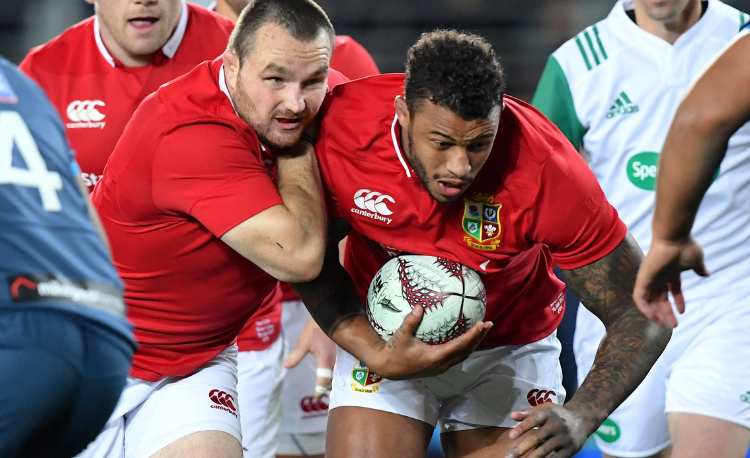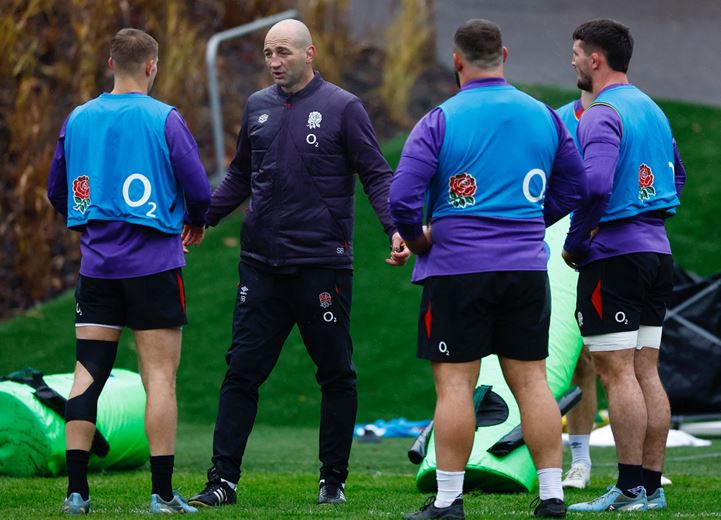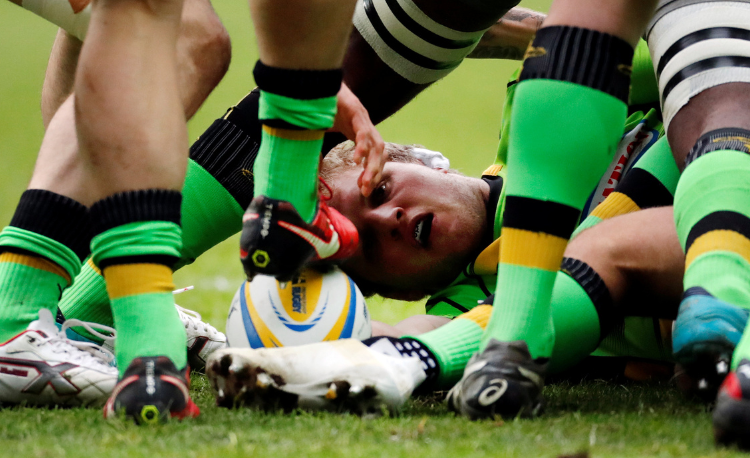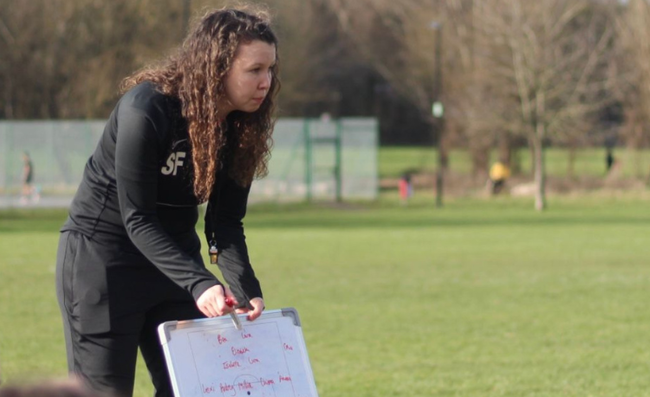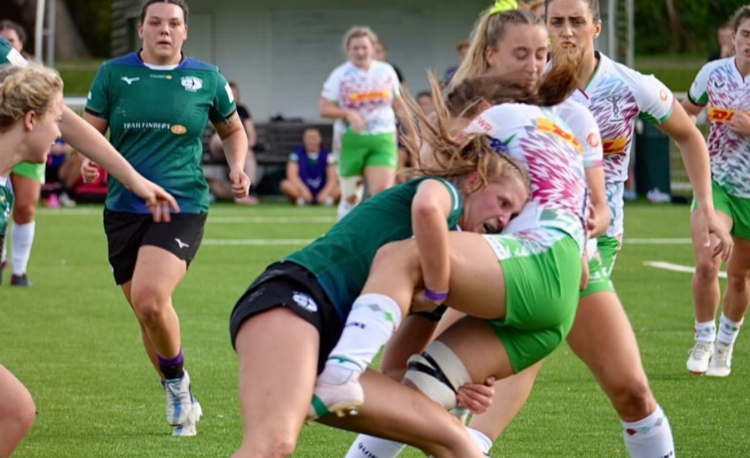Stopping flair teams
Prevent sides that like attacking with the ball in hand, offloading, and taking on defenders 1v1 from controlling games. By former Fiji coach SHANNON FRASER.
Here are four ways your team can counter an opposition that looks to run with the ball.
Greater width in defence
Increase the front-line defensive focus by playing your edge defenders flatter. Edge defenders are the players, often the wingers, at the extremes of the defence.
This will increase your defensive line width which, in turn, will allow for greater confidence in your line speed and ability to continually apply pressure on the attack through defensive territory, two-man tackles and ruck pressure.
This will obviously require a very strategic back-field defensive structure to best cover the increased space. But a side that normally likes to run with the ball is unlikely to have a strong or sophisticated kicking game.
Sometimes, the Springboks use this defensive structure - and with relative success. They play both wingers up in the line while the full-back’s position is based on the movement and direction of the opposition fly-half.
Better defensive support
Offloading is the by-product of weak defensive support. If you increase your ability to get a second man into the tackle as quick and effectively as possible it will restrict your opposition’s ball-carrying options and therefore reduce the number of positive offloads.
With the new tackle-height law, two-man tackles dominate and drive back the ball carrier, unbalancing them. Alternatively, the second ’tackler’ is actually straight onto the receiving player.
The more slow rucks there are, the stronger the defence line becomes and less attacking momentum is achieved. This requires both a strong defensive line, where defenders are moving forward and able to work successfully with those inside and out, as well as the ability for primary tackles to be effectively made so the second man does not have to clean up and make tackles.
Ireland have always had a strong tackle focus with the objective of stopping the ball and working to ’choke’ the ball carrier through both primary and secondary players. The first tackler stops the ball carrier. The next players are not tacklers, they are just ripping the ball.
However, you cannot suddenly change to this type of defence. It needs practise.
Do this through touch rugby initially, where if two players touch the ball carrier simultaneously, there is a turnover. A normal touch leads to a pass. It will encourage the defence to squeeze up around the ball carrier when they are close to them, but spread out to cover the field when they are not.
Thank you for reading
to enjoy 3 free articles,
our weekly newsletter, and a free coaching e-book
Or if you are already a subscriber, login for full access
Newsletter Sign Up
Coaches Testimonials

Gerald Kearney, Downtown Las Vegas Soccer Club

Paul Butler, Florida, USA

Rick Shields, Springboro, USA

Tony Green, Pierrefonds Titans, Quebec, Canada
Subscribe Today
Be a more effective, more successful rugby coach
In a recent survey 89% of subscribers said Rugby Coach Weekly makes them more confident, 91% said Rugby Coach Weekly makes them a more effective coach and 93% said Rugby Coach Weekly makes them more inspired.
Get Weekly Inspiration
All the latest techniques and approaches
Rugby Coach Weekly offers proven and easy to use rugby drills, coaching sessions, practice plans, small-sided games, warm-ups, training tips and advice.
We've been at the cutting edge of rugby coaching since we launched in 2005, creating resources for the grassroots youth coach, following best practice from around the world and insights from the professional game.




